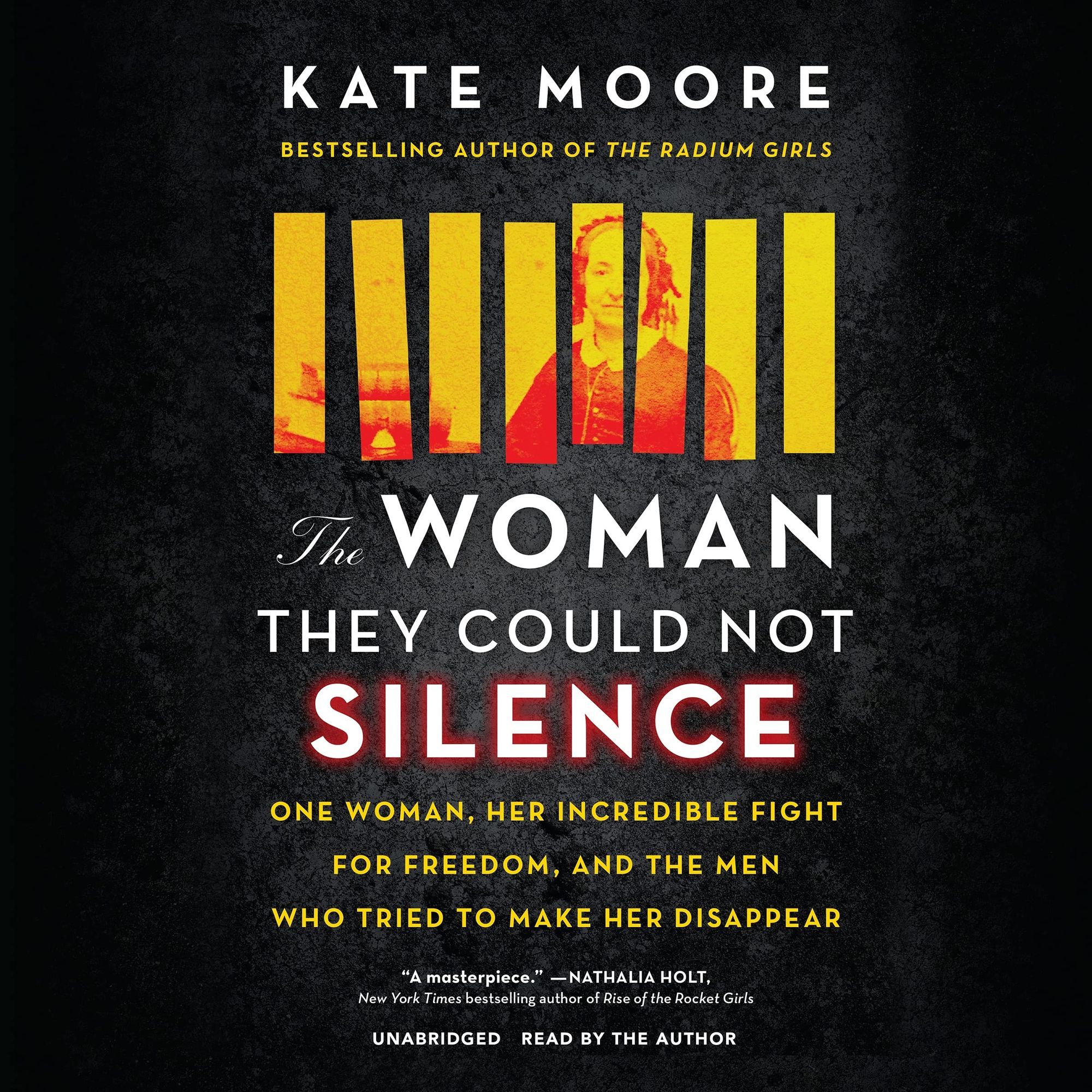In a world where it’s difficult to get mental health services for people who need assistance, it’s hard to believe that at one time you could have someone committed to an asylum out of convenience — or, to be clear, if you were a married man inconvenienced by your wife, you could have her committed.
In the 1860s, many states had laws that required a court to decide if a man or unmarried woman should be committed, but a married woman was the property of her husband and could be committed on his word. In The Woman They Could Not Silence, Kate Moore introduces us to one of the most well-known victims of involuntary commitment, Elizabeth Packard.
Elizabeth married Theophilus Packard, a Calvinist minister, in 1939 at the insistence of her parents. They had six children together, and from all accounts, their marriage was peaceful. That is, at least, until 1960, when Elizabeth had the nerve to state a religious opinion different than the extreme beliefs held by her husband. Divorce was not really an option at the time, both because of their religious beliefs and because Elizabeth was concerned she would never see her children again if she left.
Any decision was taken out of her hands when Theophilus decided to have her committed to an insane asylum. Lest you worry he made this diagnosis all on his own, he did have a doctor stop by their house pretending to be a sewing machine salesman, and he agreed with Theophilus. He reached the conclusion that Elizabeth should be committed because she had divulged that her husband was controlling and that he told people she was insane. Elizabeth was taken to the Jacksonville Insane Asylum in Jacksonville, Illinois where she would spend the next three years.
Most other women of the time would despair of their fate but succumb to the futility and unfairness of it all. Not Elizabeth Packard. From the moment she entered the asylum she declared her sanity and fought to be believed. Elizabeth continued to fight despite a doctor who pretended to believe her and then tried to discredit her, and worsening conditions at the asylum. She also met other women who had also been unfairly committed and institutionalized for years. The Woman They Could Not Silence is about Elizabeth’s fight and how she went from an unknown housewife to a vocal advocate for women everywhere.
Kate Moore is the New York Times bestselling author of Radium Girls, the Goodreads Choice 2017 winner for best history title. Prior to her writing career, Moore worked as an editorial director at Penguin Random House UK.
If you enjoy The Woman They Could Not Silence, you may also like:
- Nobody’s Child by Susan Nordin Vinocour
- Bedlam by Kenneth Paul Rosenberg
- The Doctors Blackwell by Janice P. Nimura
Sarah Johnson is a collection librarian at Mid-Columbia Libraries. She reads more than 120 books a year. In her free time she teaches fitness classes, gardens, and brews kombucha.


